DigiTIPS 2024 Program Details
On this page
Registration Information
2024 Confirmed Speakers and Programs
Session 1: Applications and Impacts of International Standards and Guidelines
THURSDAY 22 FEBRUARY 10:00-15:30 New York time
International standards and guidelines provide a framework of best practices for capturing and sharing digital surrogates of cultural heritage collections items. This session will focus on how current guidelines, standards, and best practices are applied and adapted for use in different cultural heritage agencies and institutions. Presenters will share their experience and insights into using standards in real-world settings, including best practices for utilizing guidelines in their organizations, collaboration with colleagues at other institutions, and challenges and barriers to adoption of standards.
10:00-10:20
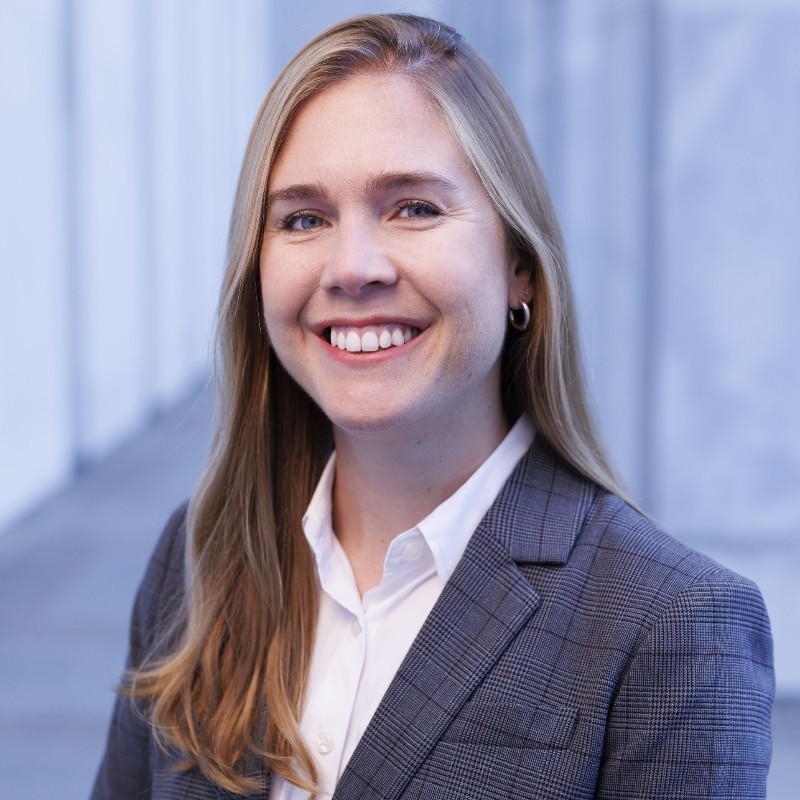 Welcome to digiTIPS 2024: Standards, Guidelines, and Our Work,
Welcome to digiTIPS 2024: Standards, Guidelines, and Our Work, Hana Beckerle, digital imaging specialist, Library of Congress
Abstract: An introduction to this year’s digiTIPS program, followed by a brief look at standards and guidelines, their evolution, and why they’re important in cultural heritage digitization.
Technical Guidelines for Digitizing Cultural Heritage Materials for Finnish Museums, Hannu Häkkinen, intendant, Picture Collections, Archives and Information Services, Finnish Heritage Agency
Abstract: A brief overview of the translation and the localization of FADGI Technical Guidelines and their implementation in the Finnish museum sector. This presentation will include information on national level metadata and file formats guides, adapting the FADGI guidelines for Finnish agencies, and plans for future projects.
11:00-11:30
Break
11:30-12:00
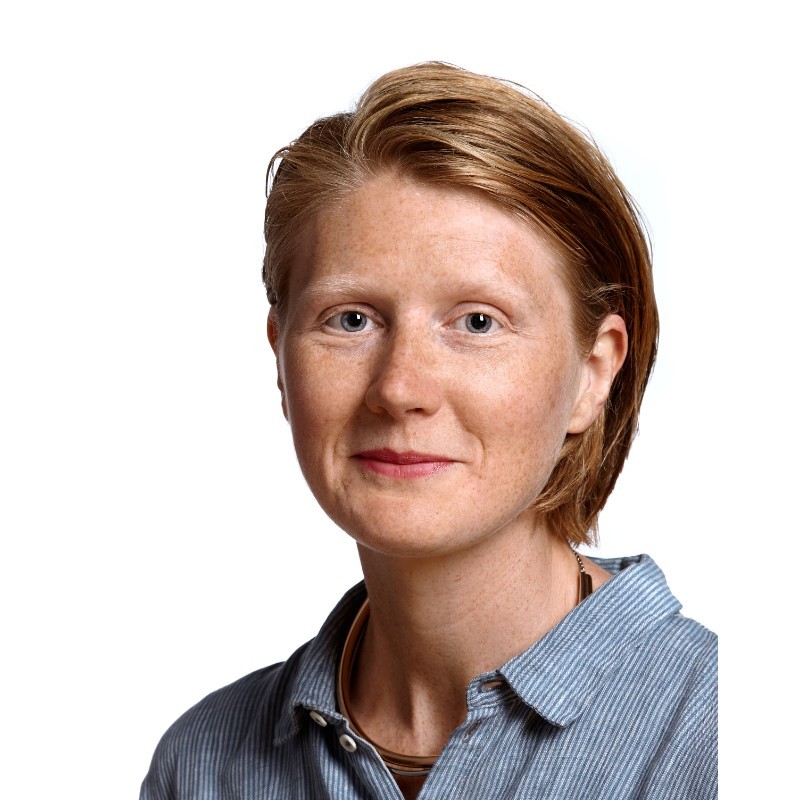 When Theory Meets Reality,
When Theory Meets Reality, Maja Atterstig, digital imaging specialist, Royal Danish Library
Abstract: How to determine quality levels, software for analyzing targets, and how targets should be captured may, in theory and when discussing with software producers and authors of guidelines, appear straightforward. However, challenges arise when desired quality levels prove difficult to achieve, when time constraints hinder proper quality assurance, or when it’s hard to understand the issues with your software or equipment. In this session, we will share the experiences we have encountered along the – sometimes challenging – path of developing a program for quality assurance within the digitization department of the Royal Danish Library. The session will, among other things, cover tests for scanners and camera-based digitization equipment, automatic and manual quality control, and documentation of the work.
Accessible Scene Referred Imaging: Live Demo Setting Up a Practical Scene Referred Image Capture Workflow, Chris Heins, imaging specialist, Metropolitan Museum of Art
Abstract: For years at the Metropolitan Museum of Art, the Imaging department has been implementing an ISO-19264 based scene referred imaging workflow at capture stations throughout many of the conservation and curatorial departments as well as within the Imaging department. Even with most of these imaging stations being operated by “non-photographers,” this effort has resulted in the elevation, to a very high standard, of the quality and color/tonal fidelity in the photography being produced throughout the museum. Utilizing commonly available hardware and software, this session will walk through setting up and testing a scene referred workflow. Documentation in PDF format will be made available.
13:00-13:30
Break
13:30-14:00
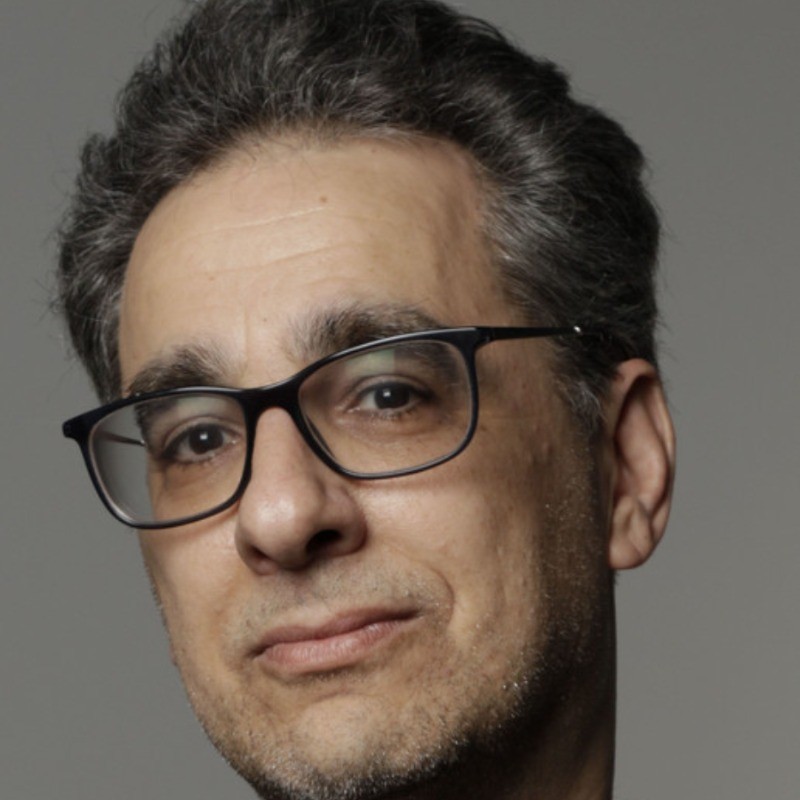 Peer Review in Cultural Heritage Imaging—A Framework,
Peer Review in Cultural Heritage Imaging—A Framework, Dan Zellner, digitization manager, Northwestern University Libraries
Abstract: In the past two decades, the Cultural Heritage Imaging community has undergone remarkable advancements in technology and methodologies. With the growing capacity for users to access and compare diverse collections through innovative technologies, the need for standardized best practices, calibration, and consistency across institutions has become paramount. This presentation delves into the importance of achieving this consistency while allowing flexibility for creativity and innovation where necessary. It emphasizes the significance of peer review and dialogue within our community and introduces the work towards a manual designed to establish a framework for assessment, fostering a crucial conversation for the future of cultural heritage preservation and digitization.
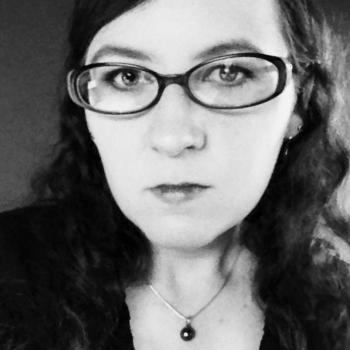
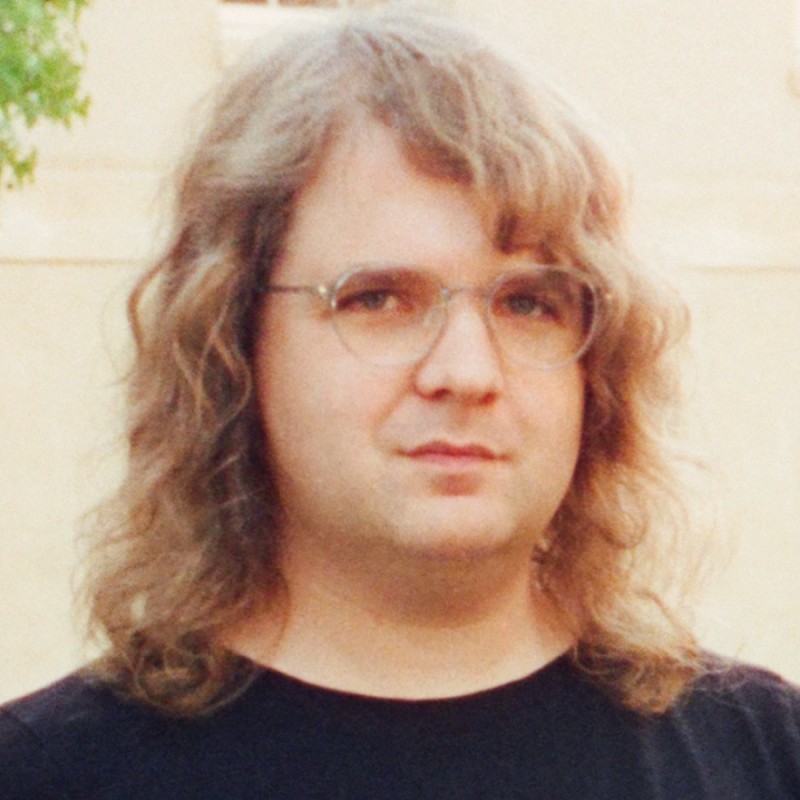 Thoughtfully Crafted Digital Representations of Archival Objects: A Comprehensive Approach,
Thoughtfully Crafted Digital Representations of Archival Objects: A Comprehensive Approach, Astrid J. Smith, Rare Book & Special Collections digitization specialist and production coordinator,
and Chris Hacker, production coordinator, Stanford University
Abstract: Observing remarkable archival objects often elicits a feeling of wonder and awe. While many aspects of our digitization practices have become well-established, routine, and standardized, that feeling still inspires our work and pushes us to produce equally compelling digital objects. Digitizers can respond to different materials with academic and artistic sensibilities that incorporate subjective observations and probing questions. There is a wealth of crucially important phenomenological information that deserves capture and representation, much of which is minimized or absent with top-down photography at a copy stand, which tends to visually flatten. This talk will describe going beyond routine capture practices and will offer criteria for evaluating when and how to apply this approach to produce thoughtful and comprehensive digital representations.
14:30-15:30
Moderated Group Discussion with Presenters
Moderated by Hana Beckerle, digital imaging specialist, Library of Congress, and Stacey Evans, imaging specialist and project coordinator, University of Virginia Library
Session 2: Management, Access, and Presentation of Image Files
THURSDAY 14 MARCH 10:00-15:30 New York time
(Note: The US changes its clocks on March 8, which will effect the time those outside the US join the session.)
After we capture images of cultural heritage collections, how do we manage the image files, and ensure they’re accessible to the world? This session will feature presentations on digital preservation standards and best practices, and considerations for cultural heritage organizations beyond image capture. Presenters will discuss digital content repositories and file management, metadata standards, online presentation platforms, and more. These and other considerations are all part of a comprehensive cultural heritage digitization program.
10:00-10:10
Welcome and Introduction to Session II, Hana Beckerle, digital imaging specialist, Library of Congress, and Stacey Evans, digital imaging specialist and project coordinator, University of Virginia Library
10:10-10:40
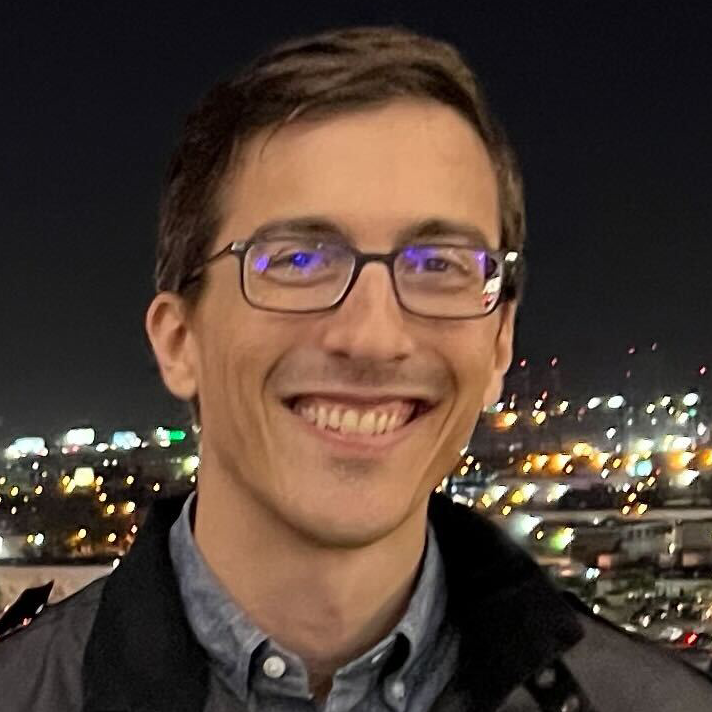
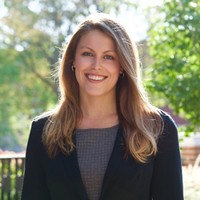 Paprika, The New Digital Repository at the Library of Congress,
Paprika, The New Digital Repository at the Library of Congress, Mark Cooper and Lauren Seroka, digital projects coordinators, Library of Congress
Abstract: The Library of Congress is actively developing a new digital collections repository platform, referred to internally as Paprika. This upgraded platform will enable the full lifecycle management of digital content, including the ingest, processing, preservation, and access of the Library's digital collections. The new platform is designed to support the Library's growing digitized and born-digital collections, and to enhance the services and tools that enable Library staff to manage and make collections accessible to users and researchers in efficient and scalable ways. After two years of iterative development, the Library achieved a major milestone by releasing more than 150,000 previously-digitized books that are now available through the Library’s website, scaling far beyond what current systems could practically support. This presentation will provide an overview of the system and workflow development processes that support the ingest-to-access pipeline, with a focus on the management of digitized content.
10:40-11:10
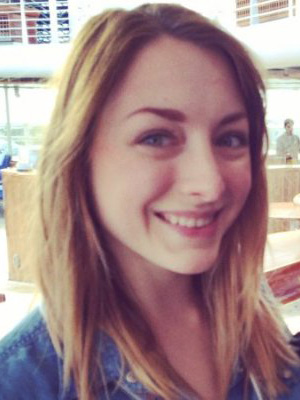 Implementing and Sustaining an Integrated Access and Preservation Ecosystem at UH Libraries,
Implementing and Sustaining an Integrated Access and Preservation Ecosystem at UH Libraries, Bethany Scott, head of preservation and reformatting, University of Houston Libraries
Abstract: In late 2021, the University of Houston Libraries completed a minimum viable product (MVP) for its local open-source software development project and content migration, launching the Bayou City DAMS (BCDAMS) digital asset management and preservation ecosystem. BCDAMS consists of customized implementations of Hyrax and Avalon for digital access, ArchivesSpace for archival metadata and discovery, and Archivematica for digital preservation – plus the necessary workflows, models, and tools that provide some automation for efficient digitization production and retrieval of linked digital objects across repositories. This presentation provides a brief overview of the open-source repositories and our home-grown tools and workflows, and a discussion of practical tips, best practices, and lessons learned for attendees to incorporate into their own practice.
Break
11:40-12:20

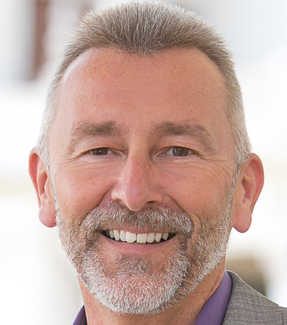 How Accessible [ is | will ] your Online Collection [ be ]
How Accessible [ is | will ] your Online Collection [ be ], Nik Honeysett, chief executive officer, BPOC
Abstract: A review of how we provide access to collections and what that means for our decisions about collections management and discovery. This presentation coverda broad range of topics and methods, up to virtual, AI and semantic discovery, touching on Open Access and generous interfaces.
12:20-13:00
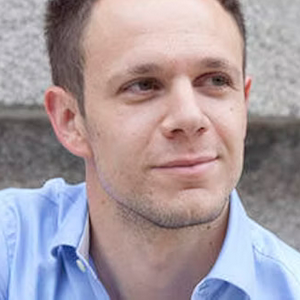 Learning from the Surface. Digitization and Reproduction of Relief for Cultural Heritage,
Learning from the Surface. Digitization and Reproduction of Relief for Cultural Heritage, Carlos Bayod Lucini, project director, Factum Foundation for Digital Technology in Preservation
Abstract: The 3D recording of the surface of a work of art, in combination with other non-invasive analysis methods, sheds new light on its technique and historical trajectory, and makes it possible to monitor its state of conservation. High resolution scanning can also serve as a basis for making a facsimile, an exact replica of an original that aims to contribute to its preservation. The work of the Factum Foundation is a reference in this field, through the combination of new digital technologies with traditional craft techniques. Factum proposes an essentially experimental approach to the complex task of physically restoring the appearance of the objects that make up our artistic and cultural heritage. Thanks to digital technology, a facsimile that accurately reproduces all the superficial qualities of an original work helps us understand it in depth.
13:00-13:30
Break
13:30-14:00
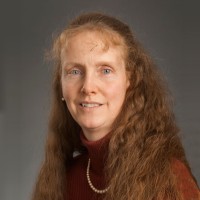 Adding Document Analysis to Your Document Images,
Adding Document Analysis to Your Document Images, Elisa H. Barney, professor, Machine Learning, Luleå Tekniska Universitet
Abstract: For a collection of textual documents capturing an image of the document should only be the first step. There are many techniques that can be applied to extract information from the document images and many types of analysis that information can open up. This talk presents an overview of document analysis capabilities and examples of what is possible with current technology. Examples include text recognition (including machine print, handprint, and handwriting in many scripts); similarity and duplicate detection; text analysis (including search, information retrieval, document summarization, and document translation); denoising and image enhancement; and handwriting comparison and signature verification. The focus is on outcomes instead of the technical details of the current methods, so a technical background is not needed. Then some examples are provided of the types of analysis that can be done with the document information in fields such as history, art, and literature.
14:00-14:30
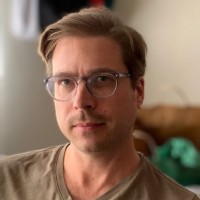 Bringing 12 Sunsets to Life,
Bringing 12 Sunsets to Life, Nathaniel Deines, product/project manager, J Paul Getty Trust
Abstract: This presentation explores the challenges encountered in the process of providing public access to artist Ed Ruscha’s large archive of street photography held at Getty Research Institute. It focuses on the technical and organizational challenges of creating geospatial metadata, the use of computer vision, strategic audience segmentation, and software sustainability planning. Lastly, the presentation touches on the main digital outcomes of the project: an archival discovery platform for the Research Institute and a public engagement platform for the archive (12 Sunsets)
14:30-15:30
Moderated Group Discussion with Presenters
Moderated by Hana Beckerle, digital imaging specialist, Library of Congress, and Stacey Evans, imaging specialist and project coordinator, University of Virginia Library
Session 3: Digitization Program Development and Management
THURSDAY 9 MAY 10:00-15:30 New York time
Managing a cultural heritage digitization program involves more than the technical aspects of digitization. Program leads and practitioners must consider how to best grow, manage, and maintain their digitization programs. Best practices and guidelines can assist program managers in making decisions about quality assurance, scaling operations, resolving challenges, and more. This session includes presentations and case studies about developing, staffing, and managing cultural heritage digitization programs at the institutional level and beyond.
10:00-10:05
Welcome and Introduction to Session III, Stacey Evans, digital imaging specialist and project coordinator, University of Virginia Library
10:05-11:00
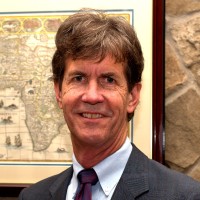 How Program Management Advances Projects Around the Globe,
How Program Management Advances Projects Around the Globe, Mike Toth, president and CTO, R.B. Toth Associates
Abstract: This talk uses case studies to highlight some high-return, low-effort best practices cultural heritage professionals can use in managing digitization projects. These include projects that have required effective management of technologies and deliverables to meet a range of cultural heritage requirements over the past 25 years. Building on these case studies, participants can better apply project management and planning resources to implement best practices that are most appropriate to staffing, resources, and program complexity: One size does not fit all.
11:00-11:30
Break
11:30-12:00
DIAG Project in Poland: The Initiative for Digital Imaging Accuracy Guidelines, Marcin Dąbrowski, PSNC Media Solutions Lab
Abstract: Presentation of the new project Digital Imaging Accuracy Guidelines (DIAG) currently being in the planning phase in Poland. This joint initiative of Poznan Supercomputing and Networking Center with regulators, libraries, museums, archives, and research institutions constitutes the Polish analogue of FADGI. Motivations behind DIAG, partners, project goals and the foreseen deliverables are discussed. We also consider necessary knowledge, research carried out, analyzed status of standardization, covering e-SFR, color transformations, chromatic adaptation, target detection and vectorization, 3rd party software tests as well as sets of objective parameters derived from images..
12:00-12:30
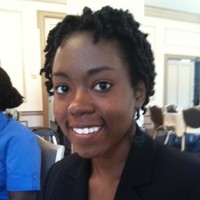
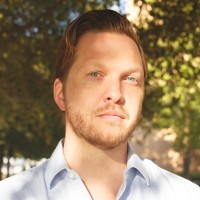 Digitization Program Development and Management at the University of North Texas,
Digitization Program Development and Management at the University of North Texas, Marcia McIntosh, digital production librarian, and Jacob Mangum, project development librarian, University of North Texas Libraries, Digital Libraries Division
Abstract: Launched in 2004, The Portal to Texas History digital library has experienced much change and had several opportunities for growth and development. This presentation will provide an overview of the University of North Texas Digital Libraries Division current standard practices. Centered around collections development, digitization, and preservation, talk attendees will gain insight on the creation, maintenance, and growth of a digital libraries program with a substantial digital footprint.
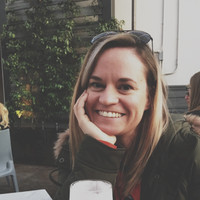 Globalizing Archival Internships: Fostering Virtual Collaboration,
Globalizing Archival Internships: Fostering Virtual Collaboration, Christie Jovanovic, Chief Curator of Collections, Holocaust Museum LA
Abstract: Amidst the challenges of a global pandemic, Holocaust Museum LA redefined their traditional models of an internship in the Archive, creating a virtual program with lessons learned in remote collaboration. With standardized processes and meticulous quality checks, interns worldwide contribute to processing and cataloging museum collections. Looking ahead, their work lays the foundation for a public-facing Collections Management System, elevating accessibility and fulfilling our core archival mission.
13:00-13:30
Break
13:30-14:00
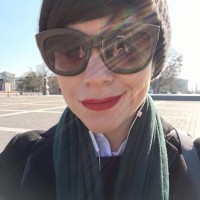 Advocating for Digitization Programs,
Advocating for Digitization Programs, Rebecca Wack, assistant director, Digital Imaging, New York Public Library
Abstract: Advocacy is the easy part. The cultural heritage space relies heavily on grant funding and pet projects to shore up infrastructure, and over-promising and over-extending are all too common. This presentation invites you to collect data, meet with stakeholders, evaluate your systems, and embrace the existential crisis that comes with an honest audit of your program and its services, so that when it's time to ask for support, you already know what you need.
14:00-15:00
Moderated Group Discussion with Presenters
Moderated by Hana Beckerle, digital imaging specialist, Library of Congress, and Stacey Evans, imaging specialist and project coordinator, University of Virginia Library
Session 4: Underrepresented Voices and Special Projects in Cultural Heritage Digitization
THURSDAY 30 MAY 10:00-15:30 New York time
Digitization can bring previously unexplored stories to a wider audience. Our work may provide a platform for populations that are underrepresented in the cultural heritage space to share and connect with their history and heritage. Additionally, some collections require a tailored or nonstandard approach to create digital surrogates. This session will include projects focused on underrepresented groups, as well as digitization projects that use innovative or specialized techniques to achieve success.
10:00-10:10
Welcome and Introduction to Session 4, Hana Beckerle, digital imaging specialist, Library of Congress
10:10-11:10


 Keep on Truckin': Community Curation and Preserving Local Histories,
Keep on Truckin': Community Curation and Preserving Local Histories, Doretha Williams, director of the Robert F. Smith Center for the Curation and Digitization of African American History, CK Ming, media conservation and digitization specialist, and AJ Lawrence, media wrangler, National Museum of African American History and Culture
Abstract: Doretha Williams, CK Ming, and AJ Lawrence, discuss NMAAHC's Community Curation Program and their use of a Media Digitization Truck to provide free digitization services to the public and institutions. The team also talks about into how to create and maintain equitable partnerships within communities.
11:10 – 11:40
 The New Farmers of America Organization Collection Digitization Project,
The New Farmers of America Organization Collection Digitization Project, Netta S. Cox, associate professor and head of Serials/Government Documents/Agricultural Liaison, F.D. Bluford Library, North Carolina Agricultural and Technical State University
Abstract: The New Farmers of America (NFA) was a national organization, officially established in 1935 to promote vocational agriculture education in southern public schools to young African American males. The organization was established at a time when the United States promoted the “separate but equal” doctrine in the country. This presentation discusses the history of the NFA and the digitization project at FD Bluford Library, providing access to a hidden cultural heritage collection.
11:40-12:10
Break
12:10-12:40

 Expanding Access: Digitizing the Behind the Veil Oral History Collection
Expanding Access: Digitizing the Behind the Veil Oral History Collection, Giao Luong Baker, digital production services manager, Duke University Libraries, and John Gartrell, director, John Hope Franklin Research Center for African and African American History & Culture at Duke University Libraries
Abstract: Duke University Libraries presents a transformative initiative funded by the National Endowment for the Humanities aimed at digitizing and expanding access to the Behind the Veil: Documenting African-American Life in the Jim Crow South oral history collection. This presentation will delve into the project's origins, explore the process of digitizing diverse formats, including still-image, audio, and video and cover the generation of captions for A/V materials. The collaborative efforts within Duke Libraries and with external vendors will also be highlighted along with strategies for outreach activities designed to engage diverse communities. Finally, it will explore the next steps towards sustaining this pivotal moment in preserving and sharing essential narratives from a defining era in American History.
12:40-13:10
 Finding Faces: Unlocking “Non-notable” Individuals in Pictorial Collections and the Potential for an Open Source Historical Face Database,
Finding Faces: Unlocking “Non-notable” Individuals in Pictorial Collections and the Potential for an Open Source Historical Face Database, Doug Peterson, co-owner and director of R+D, Digital Transitions, Inc.
Abstract: Face recognition allows pictorial collections to be automatically interconnected by common/recurring faces, including those of individuals without significant historic record. What can this technology do to help us tell the story of those that are typically left out of the historical record? Can we, as a community, surface these faces and stories across our collections?
13:10-13:40
 "Somebody Photographed This,”
"Somebody Photographed This,” Terri Cappucci, documentary photographer; founder/director of The Photographic Practice; and photography and film instructor, Unity Environmental University
Abstract: This presentation is an overview of the “Somebody Photographed This,” a digital imaging and archiving project for glass plate negatives. It includes a discussion of the origin of the glass plates, the subjects of the images, digitization techniques, and archiving the digital images.
13:40-14:10
Break
14:10 - 14:40
 Digital Community Archives as Collaboration: UPR Caribe Digital,
Digital Community Archives as Collaboration: UPR Caribe Digital,
Mirerza Gonzalez Velez, dean, Academic Affairs, University of Puerto Rico, Río Piedras
Abstract: This presentation describes UPR Caribe Digital, one of several projects under the Caribbean Digital Scholarship Collective that is funded by the Mellon Foundation. UPR Caribe Digital is a collaborative, digital preservation initiative at the University of Puerto Rico, Rio Piedras Campus, that develops capacity building experiences to support digital community archives in Puerto Rico. The project follows a participatory, horizontal, post-custodial approaches towards digital collections. The concept of collaboration will be discussed, as well as practices of interaction that bring together teachers, librarians, researchers, faculty, college students and community leaders into digital archiving work dynamics. Other issues that will be addressed on the topic of digital community archives include sustainability, accessibility and dissemination, as well as the enactment of Digital Humanities Caribbean projects from and for local communities impacted by climate change.
14:40-15:30
Moderated Group Discussion with Presenters
Moderated by Hana Beckerle, digital imaging specialist, Library of Congress, and Stacey Evans, imaging specialist and project coordinator, University of Virginia Library